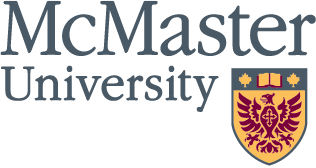January 5, 2004
Posted on Jan. 5: India’s women are keeping the peace
Read More
 Share
Share
SHARE WITH YOUR FRIENDS
Pick one or more destinations:
0
0
0
×
December 24, 2003
Posted on Dec. 24: Happy Holidays
Read More
 Share
Share
SHARE WITH YOUR FRIENDS
Pick one or more destinations:
0
0
0
×
December 23, 2003
Posted on Dec. 23: Honour awards bolster enrolment planning
Read More
 Share
Share
SHARE WITH YOUR FRIENDS
Pick one or more destinations:
0
0
0
×
December 19, 2003
Posted on Dec. 19: Enormous national reaction to $105-million gift
Read More
 Share
Share
SHARE WITH YOUR FRIENDS
Pick one or more destinations:
0
0
0
×
December 19, 2003
Posted on Dec. 19: Reduced HSR and Go Transit service to campus next week
Read More
 Share
Share
SHARE WITH YOUR FRIENDS
Pick one or more destinations:
0
0
0
×

